
My aquarium is a standard 6 foot, 125 gallon glass rectangle. No holes or bulkhead fittings on this one. A large outside acrylic prefilter box handles the entire water overflow. The saltwater aquarium has been in service since 1994 without any problems whatsoever.
Filtration
The filtration system is very simple: a modified Leng Sy Ecosystem filter and a Marineland H.O.T canister filter with Black Diamond carbon. I used to be a “hi-tech” aquarist, but not any more. The Ecosystem filter was incorporated into the system in 1998. Prior to that a downdraft skimmers and cyclic denitrator were the main filtration components. In the transition between systems a persistent algae bloom appeared as if a switch were turned on. I harvested the algae for almost a year until the nutrient levels went back to normal. It was very frustrating to see my aquarium in that condition.
The system is now stable and the invertebrates are responding extremely well to the Ecosystem filter. The carbon is changed every week and water changes are kept to a minimum — about once a year (40 gallons). I only use reverse osmosis water and Instant Ocean salt in my system. I don’t exactly know how much Caribbean live rock was used, but 150 pounds seems a fair number.
Lighting
I used to have metal halide bulbs over my reef aquarium, but high energy costs forced me to change to power compact fluorescents. Four 96 watt actinic blue tubes and two 96 watt 6700K lamps are currently running on an 11-hour cycle.
Additives
I only use two additives in my reef aquarium system: Tropic Marin’s Bio Calcium and Triple Buffer. I don’t use their salt, but these two supplements are very good.
Water Quality
Water quality is a mysterious and elusive aspect of reefkeeping. It is very hard for the average aquarist to perform tests for every chemical compound present in a reef system. We typically limit ourselves to tests for nitrate, phosphate, silicate, carbonate hardness and so on because these are the tests that are available to most aquarists. Saltwater is a biodiversity soup, and all the ingredients have to be there for our animals to do well. Growth, reproduction and healing — just to name a few — will be affected if important aspects are missing. There is, of course, disagreement on which aspects matter most.
Inhabitants
I once read “The important thing is to save the species not the specimen.” I believe it was Julian Sprung who wrote this. My reef aquarium is more than 97 percent soft corals, mostly Sarcophyton, Cladiella and Rodactis. The original colonies were purchased on 1994 and 1995 and they have been with me ever since. Fragments of fragments have been raised over the years. One example is the large Sarcophyton "fragment" in the middle of the aquarium — it is six years old and 18 inches in diameter. My reef aquarium is a little bit crowded, although fragments have been given away and many of them sold. I keep the best ones for myself.
My saltwater fish population is typical for this type of aquarium: purple tang, sailfin tang, blue tang, flame hawk, green bird wrasse and tomato clowns, as well as others. The clam population is limited to two strains of Tridacna squamosa. In my experience this is the easiest one to keep.
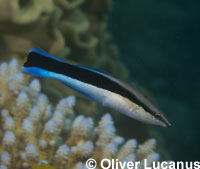 Cleaner Wrasse
Cleaner Wrasse
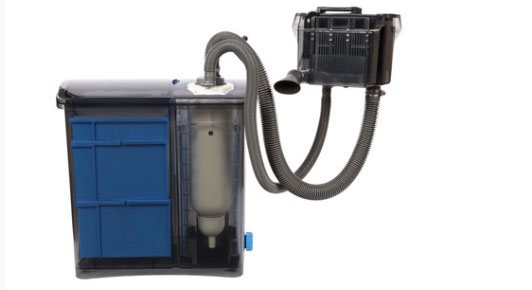 Aquarium Filtration Done Right
Today, keeping unique aquatic species is now commonplace tha
Aquarium Filtration Done Right
Today, keeping unique aquatic species is now commonplace tha
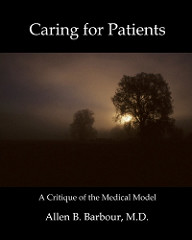 Useful Idea For Stronger Nutrition And Wellness
It truly does show when you take time to create a proper no
Useful Idea For Stronger Nutrition And Wellness
It truly does show when you take time to create a proper no
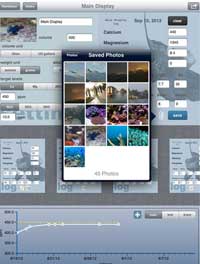 Reefdoser Pro for iPad Ships
Reefdoser Pro for iPad Ships
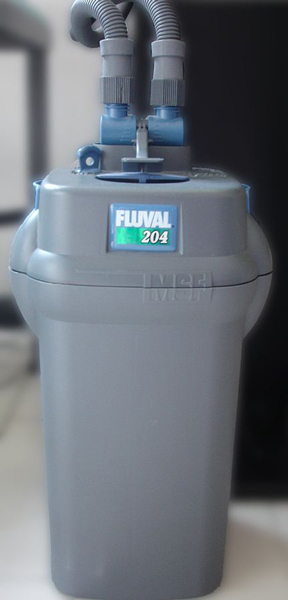 Canister Filters
In this article we will deal with a type of filter that many
Canister Filters
In this article we will deal with a type of filter that many
Copyright © 2005-2016 Pet Information All Rights Reserved
Contact us: www162date@outlook.com